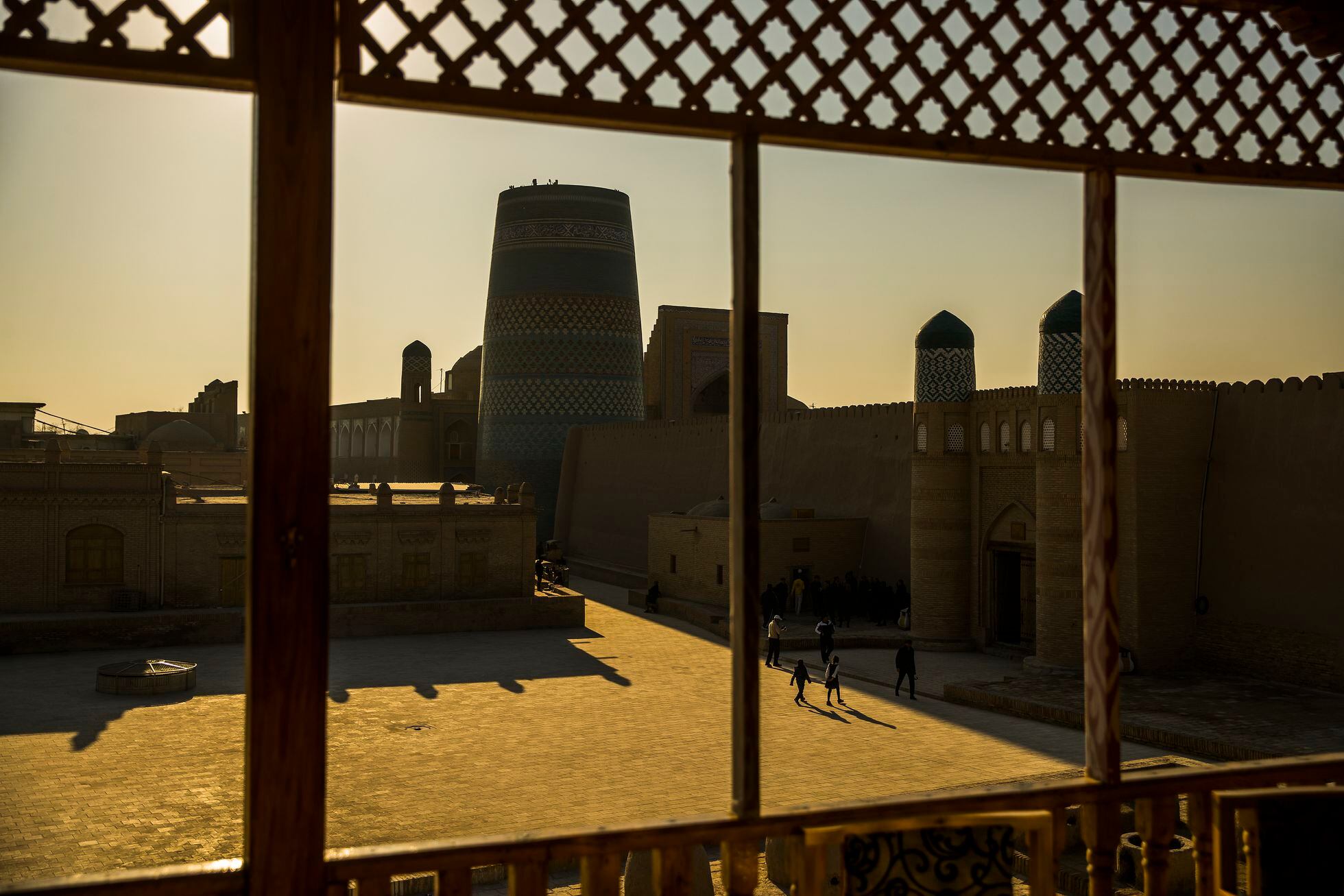
Khiva, one of the three great cities of the historic Silk Road in Uzbekistan, lives in the shadow of its monumental big sisters, Bukhara and Samarkand. However, its Itchan-Kala (Inner City) is the old city that best preserves the appearance that these enclaves must have had when caravans stopped here laden with fragrant spices, fine woods and luxurious fabrics. A stroll through it is, in fact, a journey back in time between mosques, caravanserais and ramparts the colour of the adobe with which they were built. What is less well known is that it is also the birthplace of one of the key disciplines of science: algebra.
Khiva – pronounced Jiva – was the birthplace in the late 8th century of the Persian mathematician, geographer and astronomer Abu Abdallah Muhammad Ibn Musa, known as Al Khuarismi, whose work laid the foundations for this branch of mathematics. His nickname, adapted into Latin as Algoritmi by a West that valued his knowledge, served to baptise the algorithms, omnipresent in today’s computerised world.
Read more on the website

